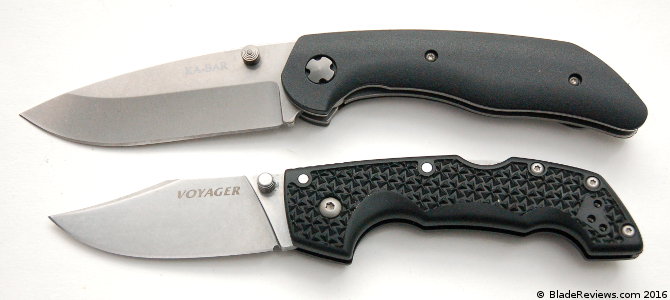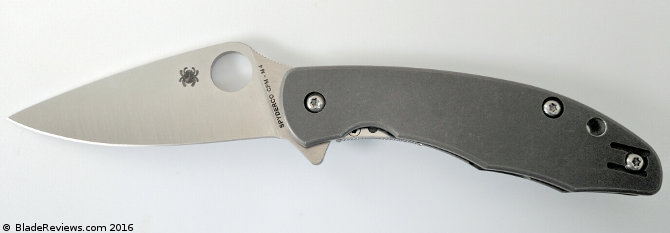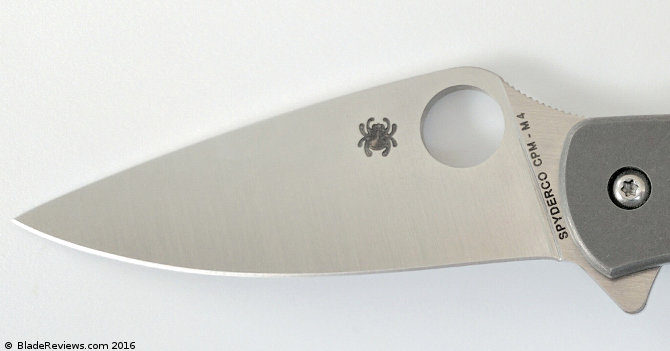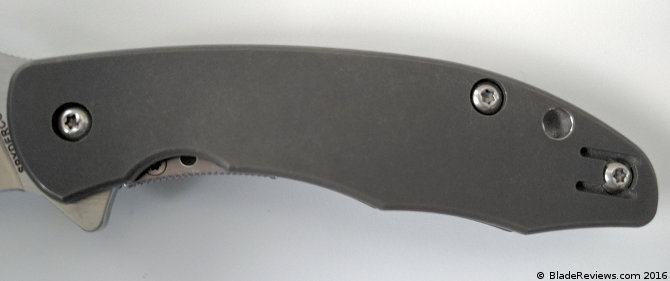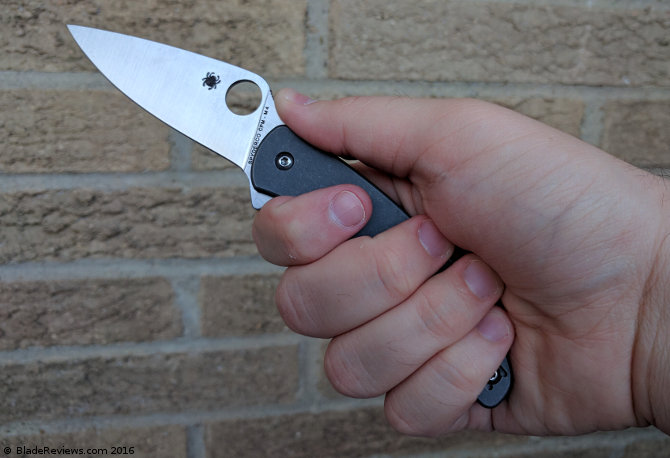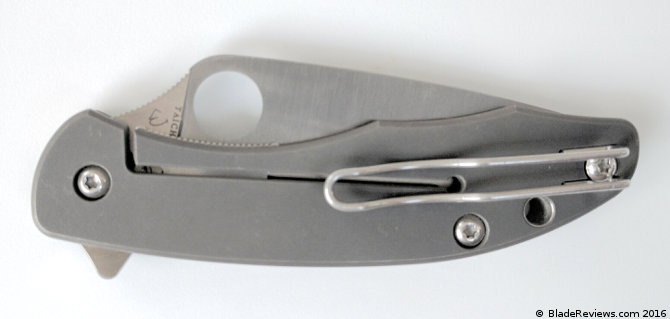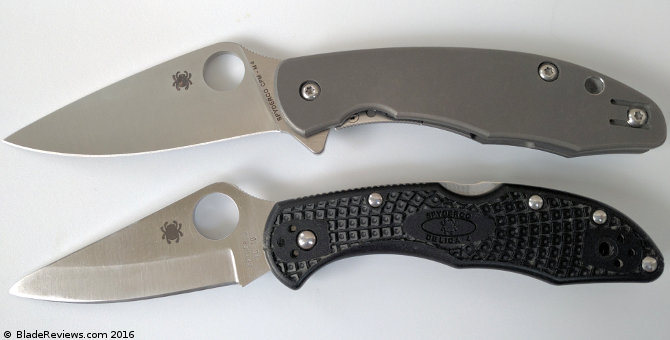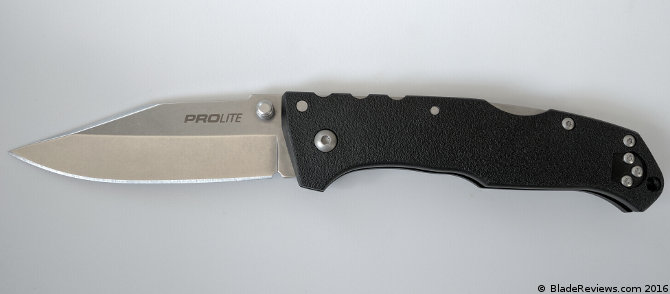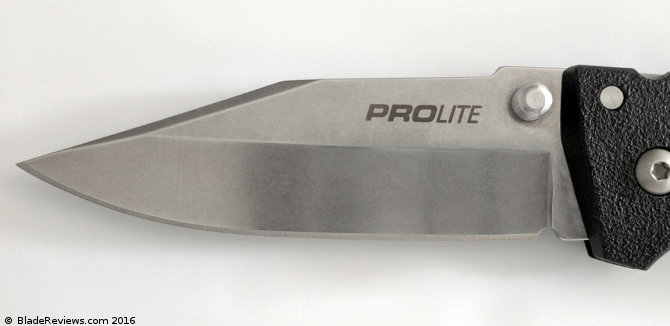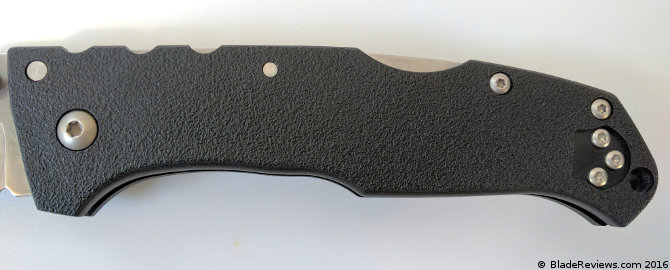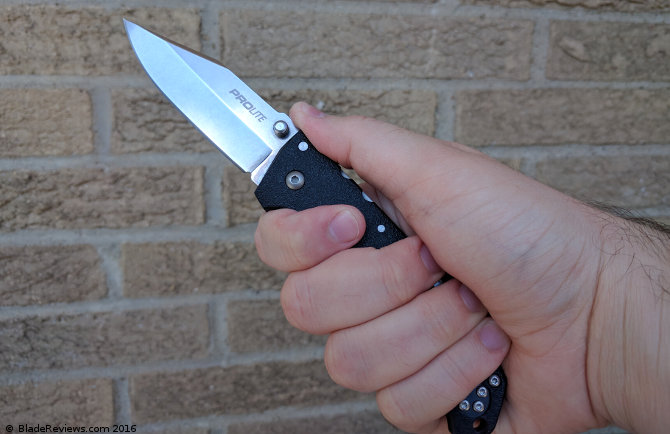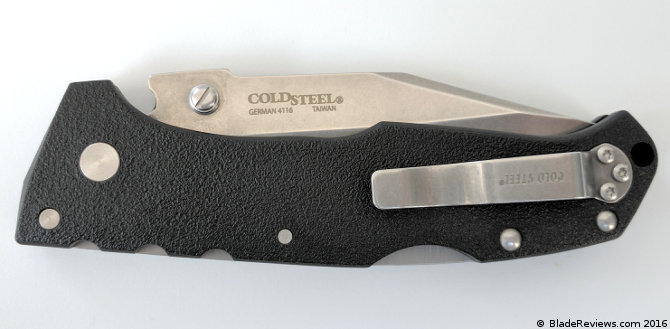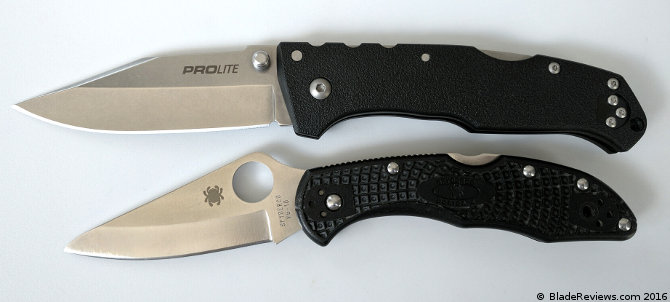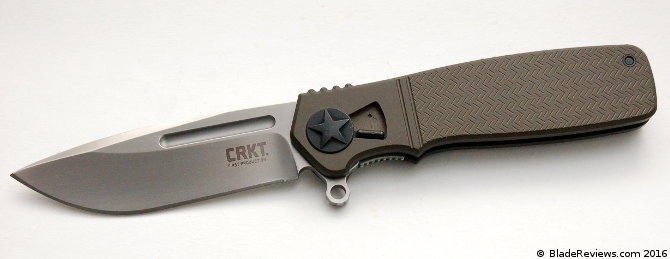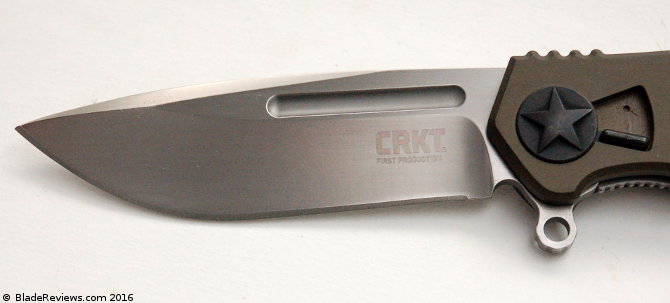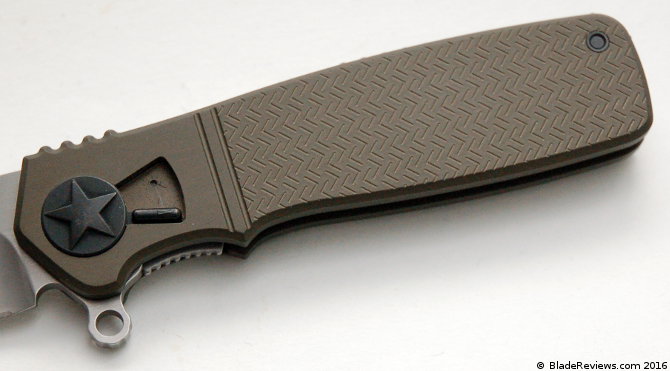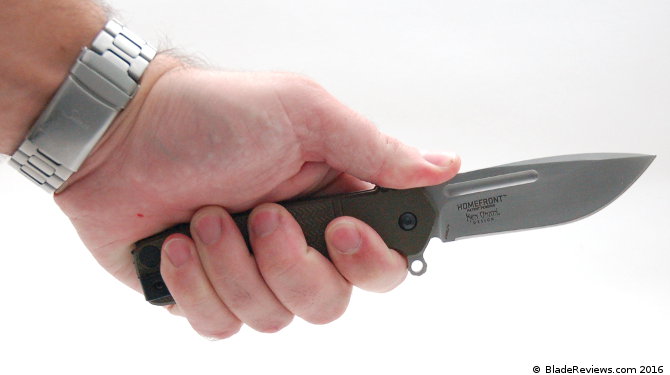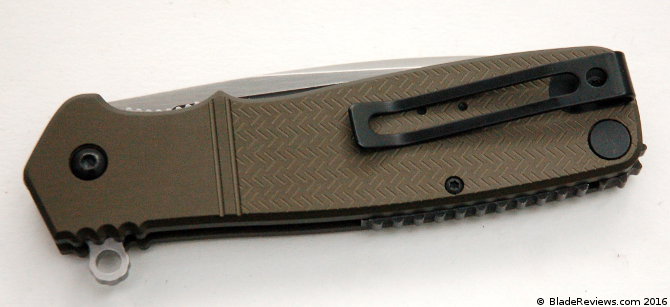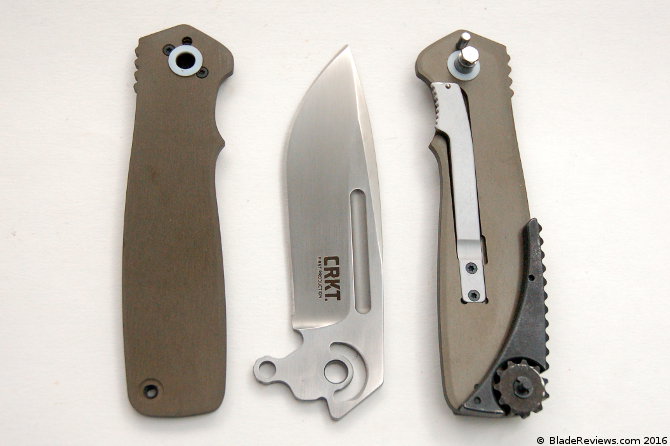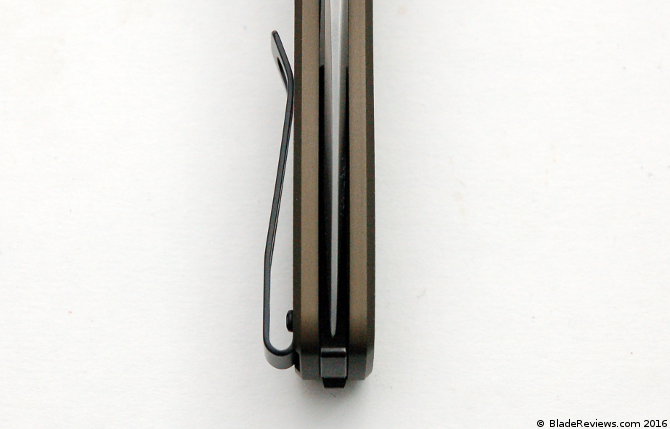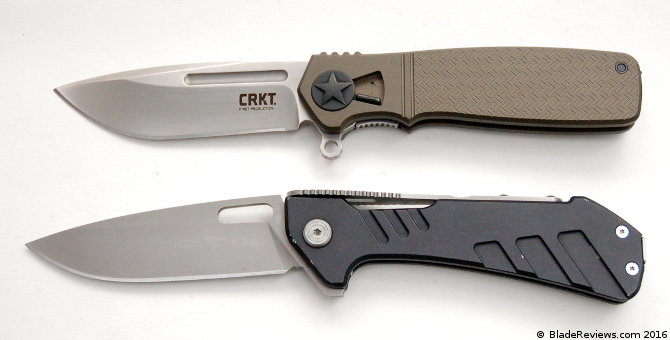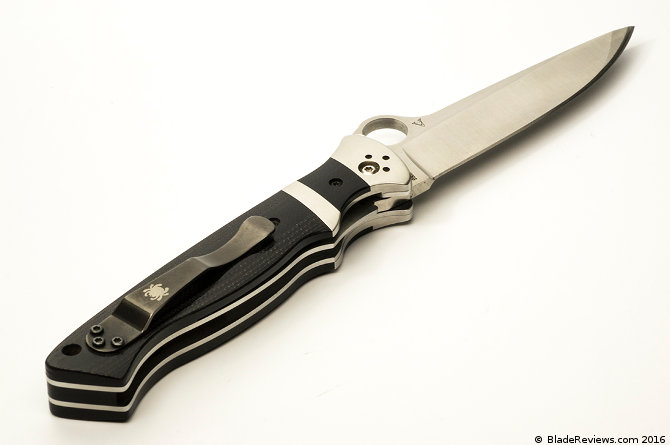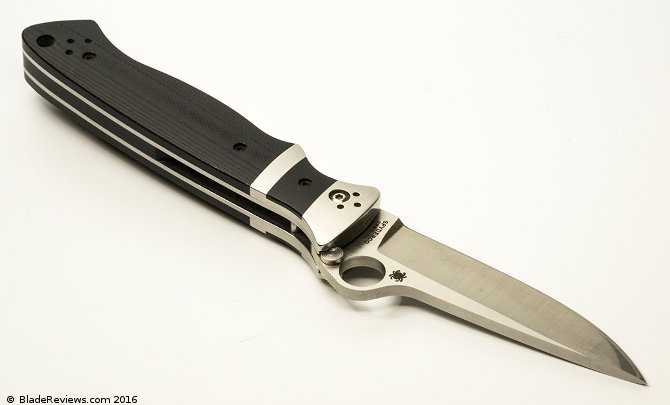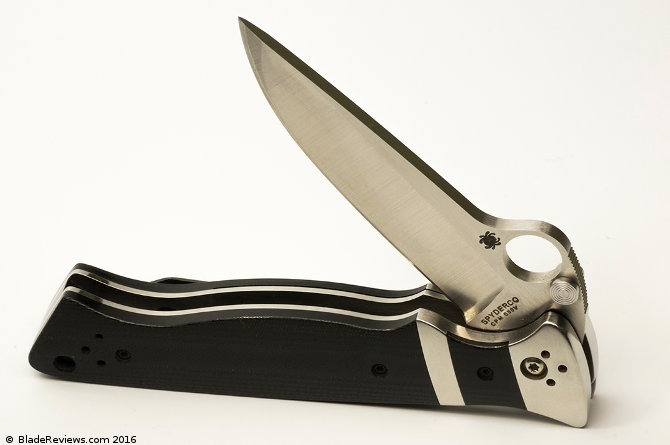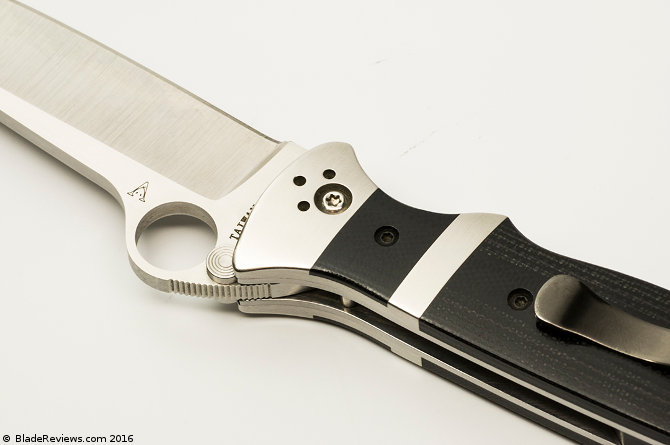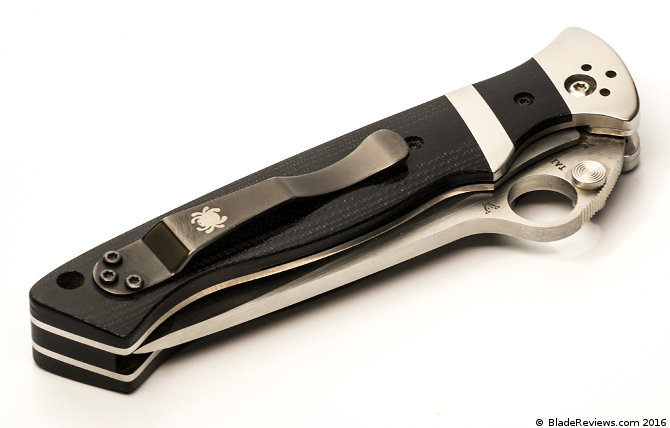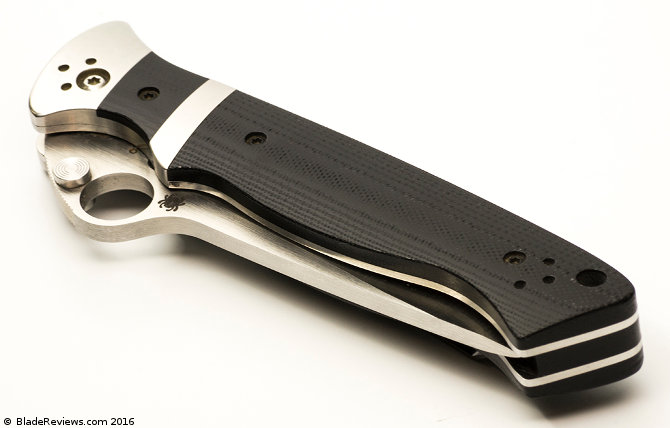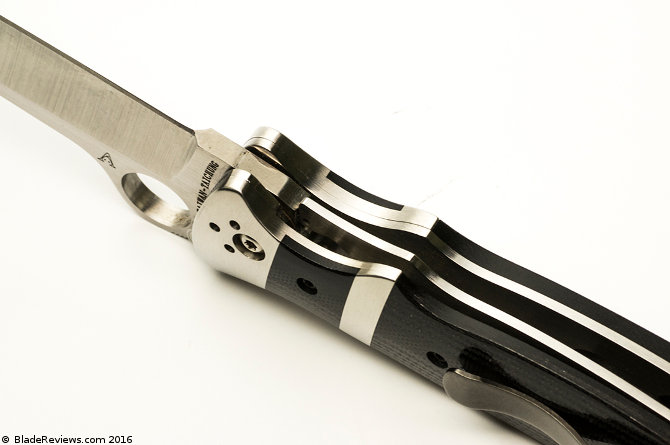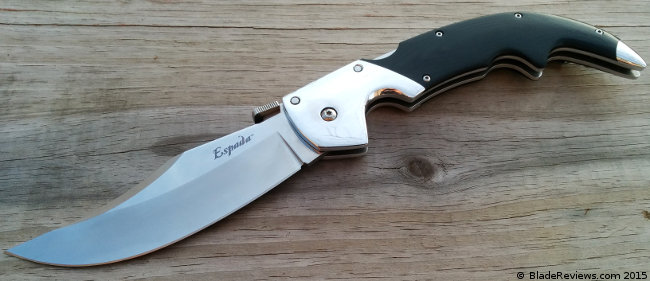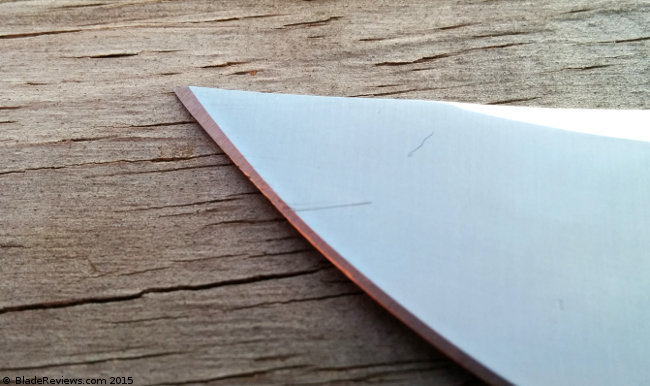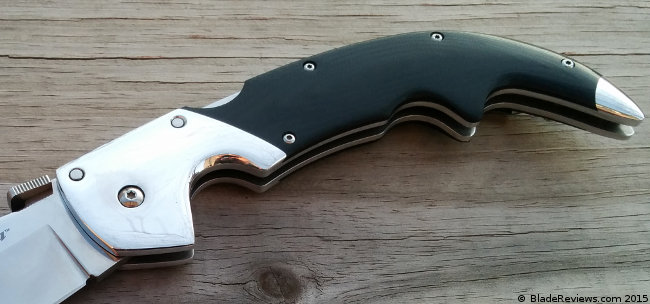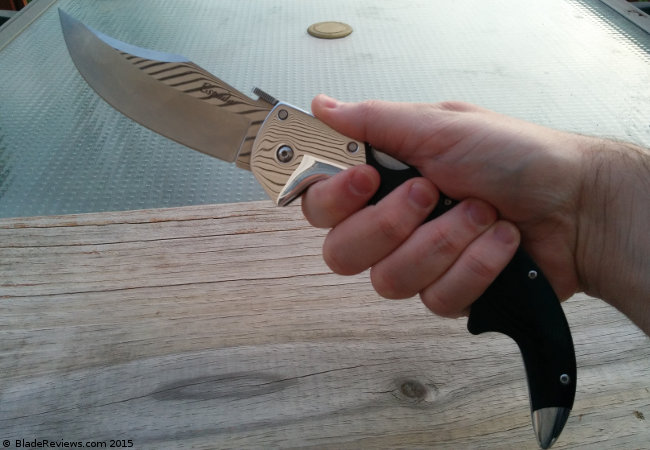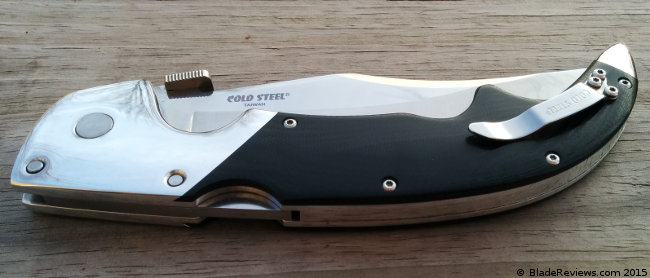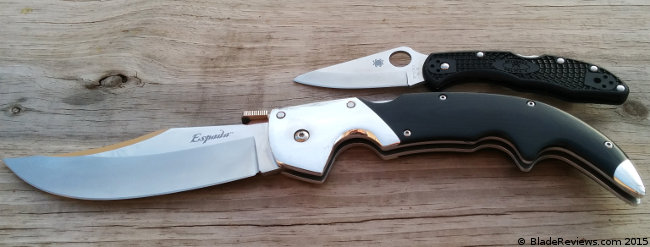Last Updated: August 1, 2019
A couple things drew me to the Ka-Bar Jarosz Folder.
First, Ka-Bar doesn’t release a lot of folding knives. They are a knife company best known for their classic USMC combat knife, and have a reputation for being a traditional knife company with a lot of fixed blade designs.
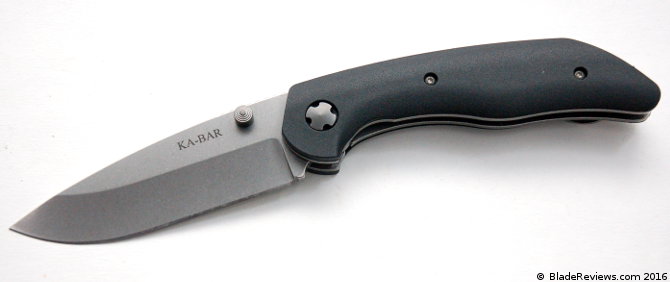
Buy the Ka-Bar Jarosz Folder at BladeHQ
Second, Ka-Bar chose to collaborate with custom knifemaker Jesse Jarosz. Jesse is a maker that I have heard a lot about over the past few years. I have yet to handle any of his designs, so I was excited about the prospect of checking out this collab with Ka-Bar.
What’s interesting about Jesse is his unorthodox handle designs and decision to focus on non-flippers. This may not have been remarkable a few years ago, but these days most custom knifemakers are producing flippers. It has gotten to the point where someone producing a knife that is not flipper has actually become novel. It’s kind of crazy when you think about it.
His folder for Ka-Bar is based on his popular Model 75. This is a no-nonsense function-over-form design that appeared to be a great candidate for a production piece. With that in mind I bought the knife.
General Dimensions and Blade Details
The Jarosz Folder has an overall length of 8″, a 3.5″ blade, weighs 5.25 ounces, and is made in Taiwan. This is a brute of a knife, with a thick blade and full steel liners. 5.25 ounces won’t pull your pants down, but it is substantial, and the Jarosz Folder is more of a weekend carry for me. Of course if you can get away with EDCing a bigger and heavier knife then this could be a daily carry.
The Jarosz Folder comes with your choice of a drop point or tanto blade. I went with the drop point, as that is my preference, and it seemed to hold truest to Jesse’s original Model 75. The drop point blade is simple. It is ground from near 4mm thick steel, and the blade has a saber grind. The knife came surgically sharp from the factory, which is always great to see. The edge is neat, but peters out a little towards the tip. Ka-Bar finished things off with a coarse tumbled finish. This is a durable blade shape. The thick stock provides strength, while the hollow grind allows it to cut efficiently.
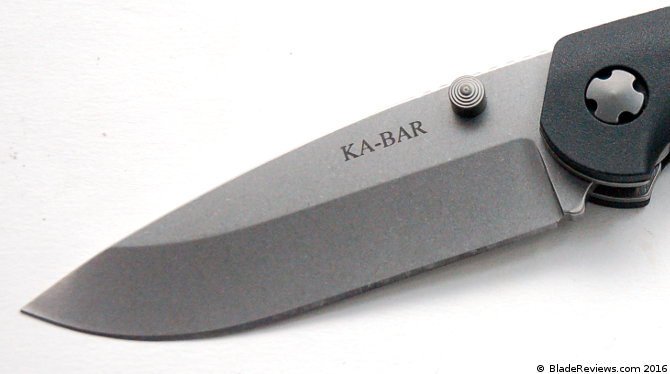
Ka-Bar went with Aus8 steel here, which is par for the course for a sub $50 knife. Aus-8 won’t win any edge retention awards, but is fine for a beater blade like this. You probably know as well as I do that Aus-8 is tough, easy to sharpen, and corrosion resistant. It’s a good budget steel and Ka-Bar gives you plenty of it. I have used the Jarosz Flipper to for several projects, and have broken down a fair amount of cardboard with this knife. It slices well, stands up to hard use, and has proven to be a great work knife.
Handle, Ergonomics, and Pocket Clip
The handle is comprised of fiberglass reinforced nylon (FRN) scales over full steel liners. There is a partial FRN backspacer that straddles a lanyard pin.
Handle construction is solid, but not perfectly executed. My handle scales were slightly proud of the liners in some spots, and the edges of the scales are rough. It was odd enough for me to post an inquiry about this on BladeForums to see if others shared that issue, or if I was just unlucky.
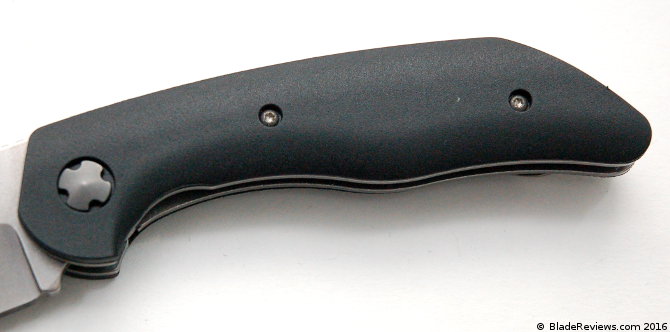
The feedback I received suggested that I was unlucky. Jesse himself was kind enough to post in the thread and recommend that I loosen the screws holding down the scales and nudge everything in place, or send the knife in for service. Adjusting the scales worked, and the problem mostly went away. In retrospect this seems pretty obvious but I haven’t run into the issue before. That said, the edges of my scales still catch the skin of my fingers slightly; especially the scale behind the locking liner. It’s not unpleasant, and it actually provides a little traction. Also, it is not noticeable when using the knife.
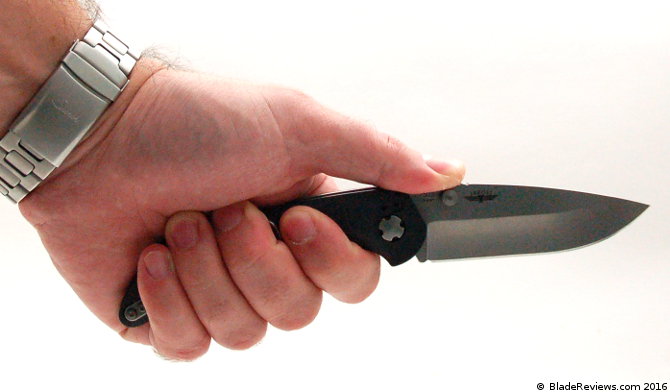
Once I resolved the issue with the handle scales I began to appreciate the sensible ergonomics of Jesse’s design. This is a funky looking handle, but in practice it works well. The handle shape is comfortable, and provides plenty of space for a wide variety of grips and hand sizes. There is a row of toothy flat-top jimping on the spine of the drop point version, and the FRN handles provide traction without being abrasive. The slightly rough edges of the FRN scales provide additional grip.
The pocket clip is an adaptation from the custom knives, and is a spoon style clip with Jarosz’s geometric logo. The clip is right side only, but is allows for tip up or tip down carry. It is uncoated stainless steel, but appears to have been tumbled to make it less shiny.
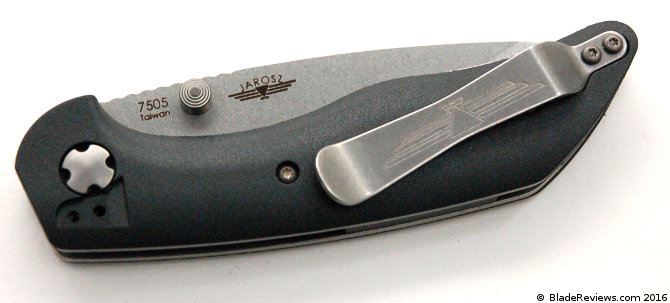
The Jarosz Folder carries OK. This is a substantial knife. I found that the combination of lightly textured scales, heavy knife, and light spring tension of the clip meant that the Jarosz Folder would continually slide down towards the base of my pocket. I mostly wear shorts with V pockets, and prefer to keep my knives higher up on my pocket for concealment and ease of accessing my wallet. This knife required regular adjustment.
Deployment and Lockup
The Jarosz Folder makes use of dual thumb studs and teflon washers. The blade is heavy and the detent is strong. You can flick open the blade, but it takes a fair amount of force. This is not a knife for the weak thumbed. The action is smooth, but I am not a fan of teflon washers, and would prefer phosphor bronze washers here. I am also not a fan of the decorative pivot on this knife. It’s nice and large, but Ka-Bar does not include a tool to adjust it. I don’t see this pivot on Jesse’s customs, so I don’t know where it came from. The good news is that the blade centering is excellent so there was no need to adjust the pivot out of box.
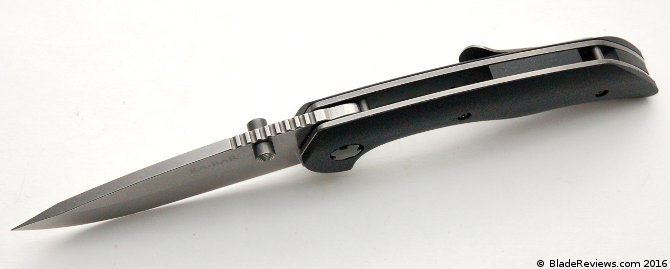
This knife makes use of a stainless steel liner lock. The liner lock is substantial and it engages the blade about 50%. The end result is a sturdy lock free of play in any direction. Initially my lock exhibited a slight amount of stick, but it has broken in and smoothed out over time. This is a solid liner lock.
Ka-Bar Jarosz Folder Review – Final Thoughts
Although I have raised some quibbles about the Jarosz Folder I think the pros outweigh the cons and this is a great work knife. In a perfect world I’d prefer a stronger pocket clip, a pivot with “regular” hardware, and phosphor washers, but when you get this knife in hand and actually cut stuff with it the design really comes together. It’s comfortable like a good pair of leather boots. I may not care for some of the details, but can’t argue with the results.
This is also a substantial knife designed to take some punishment. This is a hard use tool, not a slim daily carry, and that is OK if you know what you are getting into. Not every knife needs to be modeled after the Spyderco Delica. The unorthodox nature of the Jarosz Folder is part of what I enjoy about it, but it has also made this a tough knife to review.
Despite the Jarosz being unorthodox, I still want to contrast it with some other offerings that sell for around $40. Cold Steel offers the Pro-Lite and Voyager. These are 2 AUS-8 and FRN handled knives that are also tough. The Ontario RAT I is another excellent choice at this price point with similar construction and materials. You can venture into the $50 price bracket and find gems like the Blur and Aus-8 American Lawman.
While there are plenty of options to consider at the crowded ~$40 price range, I think the Jarosz Folder will appeal to the right buyer. This is especially true if you are looking for tank like construction. I don’t recommend it if you are looking for a lightweight every day carry. It is not that kind of knife.
The execution is not perfect, but the design is solid. This is a successful collaboration, and a good introduction to Jesse Jarosz if you don’t have the coin for one of his custom pieces.
Recommended if you are interested in Jesse’s designs, and want a no-nonsense work knife.
- Country of Origin: Taiwan
- Package quantity: 1
- Product type:KNIFE
- Package dimensions:5.25" (L) x 2.0" (W) x 1.0" (H)
I recommend purchasing the Ka-Bar Jarosz Folder at Amazon or BladeHQ.
